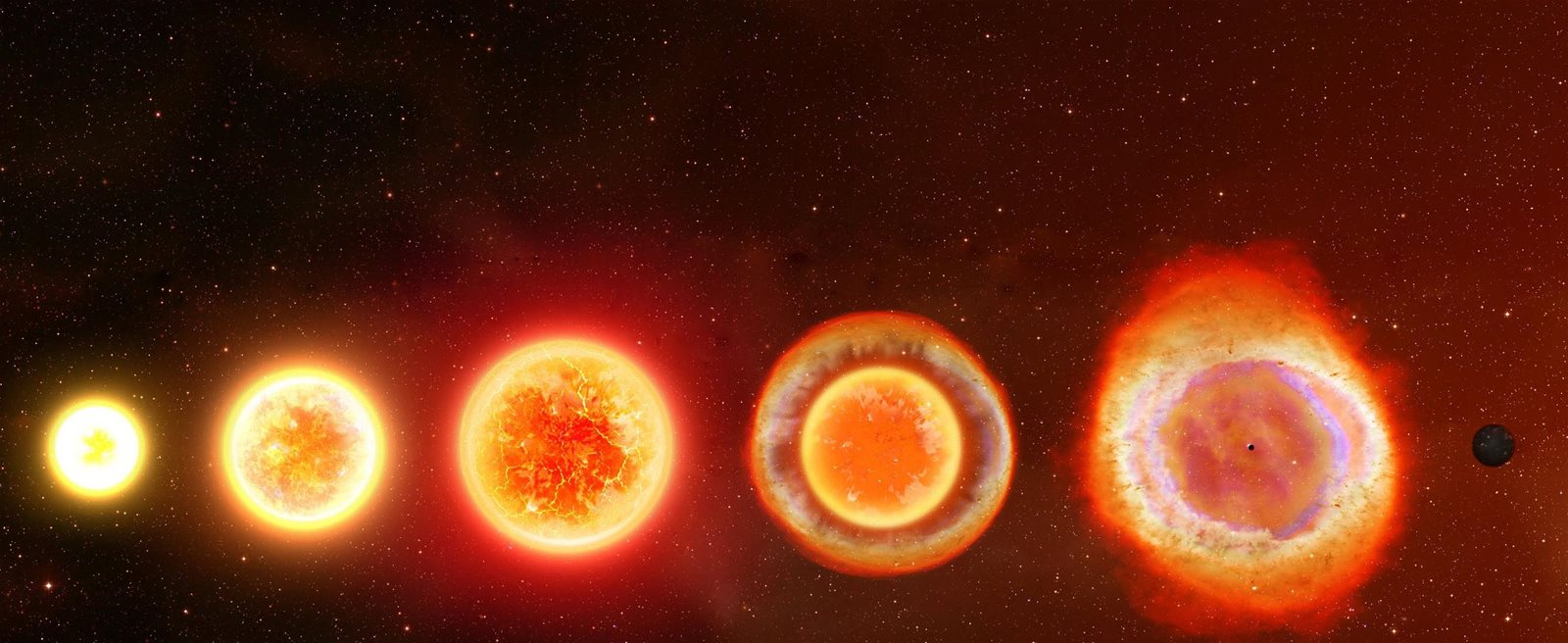A huge variety of chemical compounds make up the world around us, from the minerals in rocks to the DNA in our cells. But all of these compounds are made up of different combinations of the same basic elements, of which a mere 92 are found in Earth’s crust and biosphere. This rarely occurs in nature, which means Earth is essentially stuck with the same proportions of different elements that it started out with. But where did the elements come from in the first place? They’re the result of a process called nucleosynthesis, which produced the atomic nuclei that are an element’s basic building blocks. Some nucleosynthesis occurred in the very first moments of the universe, immediately after the Big Bang, when isolated protons formed the nuclei of hydrogen atoms. This is the lightest of all elements, followed by helium with two protons and lithium with three. And to make things a little more complicated, these heavier nuclei contain neutrons as well as protons, but this only affects their weight and not their chemical properties.

In the far future when our Sun is dying, it will disgorge material into space
Although the primordial phase of nucleosynthesis following the Big Bang filled the universe with matter, this was all in the form of very lightweight elements – around three-quarters hydrogen, one-quarter helium and trace amounts of other elements. There was no hint at that stage of some of the most important elements from our own point of view, such as carbon, which has six protons, and in its most common form six neutrons.